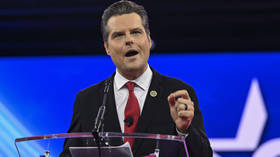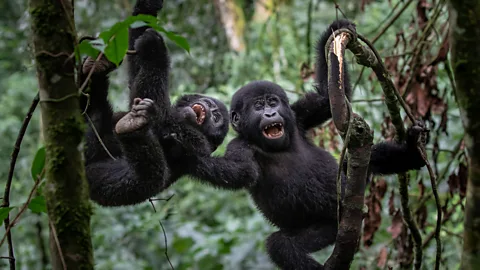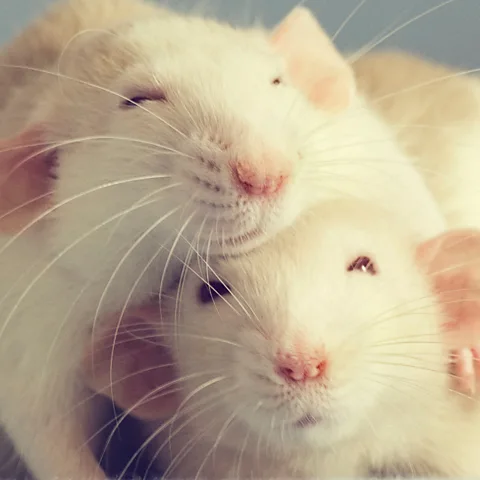Researchers overestimate their own honesty
IMAGE:
GUSTAV TINGHÖG, PROFESSOR IN ECONOMICS AT THE DEPARTMENT OF MANAGEMENT AND ENGINEERING AT LINKÖPING UNIVERSITY, SWEDEN.
view moreCREDIT: JONAS ROSLUND
The average researcher thinks they are better than their colleagues at following good research practice. They also think that their own research field is better than other research fields at following good research practice. This is shown in a new study by researchers at Linköping University, Sweden. The results point to a risk of becoming blind to one’s own shortcomings, according to the Linköping researchers.
“The starting point for the project is that there’s a bit of a crisis in the research world. Research misconduct or difficulties to replicate research results have been discovered in many studies. Credibility has been called into question,” says Gustav Tinghög, professor in economics at the Department of Management and Engineering.
Together with postdoc Lina Koppel and doctoral student Amanda Lindkvist, he sent a questionnaire to more than 33,000 Swedish researchers. The questions were based on the Swedish Research Council's rules for what constitutes good research practice. For example, researchers should always tell the truth about their research and always openly present the premises, methods and results of a study.
Participants were asked to answer two questions: How well do you think you follow good research practice compared to colleagues in the same research field? And how well do you think that your particular research field follows good research practice compared to other research fields?
The survey was sent to all researchers and doctoral students employed at Swedish universities. More than 11,000 responses were received. The answers were to be given on a seven-point scale where a four was equal to “the same as the average”. The results of the study have now been published in the journal Scientific Reports.
“It turns out that almost all researchers consider themselves as good as or better than average, which is a statistical impossibility,” notes Gustav Tinghög. “If everyone could look at themselves objectively, an even distribution around the middle would be expected.”
Most – 55 percent – stated that they were as good as most others at following good research practice. 44 percent thought they were better. Only 1 percent thought they were worse. On the question of practices in their own research field, 63 percent said that they were as good as most others, 29 percent that they were better and 8 percent that they were worse.
All research fields showed a similar overestimation of their own honesty, although the effect was greatest for researchers in medicine.
According to the Linköping researchers, the results show that researchers as a group often overestimate their own ethical behaviour. And this overestimation also extends to their own research field in general. The inaccuracies are very rarely of a scandalous nature, but more concern everyday procedures, how results are shared and data is reported.
“Small missteps can increase in number and perhaps become worse missteps,” says Amanda Lindkvist.
In addition to the risk of becoming blind to one’s own ethical shortcomings, the conviction that one’s own research field is better at research ethics compared to others can also contribute to polarisation in the research world. This complicates interdisciplinary collaboration between research fields, according to the Linköping researchers.
Of course, it cannot completely be ruled out that mostly highly ethical researchers responded, but it is less likely that this would affect the outcome of how the researchers view their own field of research, according to the researchers. Fundamentally, the study shows that researchers are not immune to psychological processes that affect all people, that is, our tendency to believe the best about ourselves and explain away what goes against our self-image.
“Every day, researchers face the dilemma: should I do what benefits me or should I do what benefits science. In such a world, it’s important to constantly look at yourself in the mirror and calibrate your research-ethical compass,” says Gustav Tinghög.
JOURNAL
Scientific Reports
METHOD OF RESEARCH
Survey
SUBJECT OF RESEARCH
People
ARTICLE TITLE
Bounded research ethicality: researchers rate themselves and their field as better than others at following good research practice






